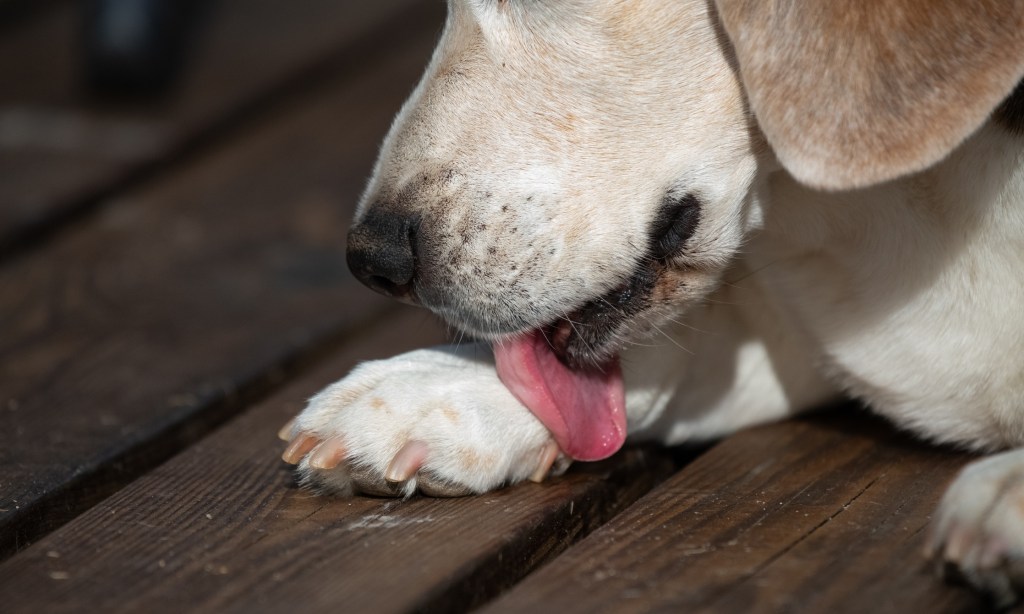Table of Contents
The clicker is used as a form of positive reinforcement training; this type of training is preferred by most dog training experts because it’s just that: positive. A clicker is a small, handheld device that makes a distinct clicking sound when pressed. With clicker training, a click is used to communicate “good job” with your dog at the exact moment that he has done something right.
Clickers are especially helpful during certain behaviors that would otherwise be difficult to mark with a treat. Imagine trying to teach your dog to go to his bed. Using treats as a reward, your dog might briefly crouch in the bed and spring back up to return to you for a treat. But with a clicker, you can click when your dog is fully settled down in the bed and then bring the treat to him.
Some things to know before getting started:
- Only click once for any desired behavior; don’t double-click or offer a few extra clicks because you’re proud of your pup (but feel free to offer extra treats!).
- Always follow the click with a reward. This will maintain the “strength” of the click.
- Rewards can also be verbal praise, pets, etc.
- Clickers are used for positive reinforcement training. This means we’re only focusing on the actions your dog gets right. Ignore unwanted behavior and never scold during clicker training sessions to avoid confusion.
Step 1: Charging the clicker
Without having ever seen a clicker before, the clicker and the sound it makes doesn’t mean anything to your dog. The first step in clicker training is to develop the association between the clicker and rewards.
- You’ll need your clicker and 10-15 easily accessible, high-value treats. These should be about pea-sized so your dog doesn’t fill up too quickly.
- With the clicker in one hand, get your dog’s attention. (This shouldn’t be too hard if he can smell the treats!)
- Click once and give your dog a treat immediately after. Repeat this 10-15 times.
If the clicker is initially too scary for your dog (after all, it is a loud, jarring sound), you can hold it behind your back or muffle it with a towel until your dog gets used to it.
Step 2: Practicing clicker timing
The timing of the click is very important with clicker training because you’re communicating the exact moment when your dog did something right. For the treat that follows, the timing does not need to be as exact.
- Practice your timing with the clicker on a basic training command that your dog already knows, like sit.
- Command your dog to sit. The instant his bottom touches the ground, click.
- Offer a treat.
Step 3: Putting the clicker to use
Now that you’ve got the hang of using the clicker in a training situation and your dog understands the clicker’s meaning, you can start to use it to train new commands. Try teaching your dog “touch” where he taps his nose to your hand or to “give paw”/shake.
Complex tricks
The clicker is a helpful tool when teaching complex tricks because you can set smaller goals to help your dog work up to the final trick.
Example: When teaching your dog “roll over,” set smaller goals of laying down, relaxing to the side, rolling onto his back, and finally, the complete rollover. Continue to practice a goal until your dog is consistently successful before moving on to the next goal.
Fixing bad behavior
The clicker can be used to fix bad behavior by clicking for good behavior. Click when your puppy goes potty in the desired area. Click when your dog offers a sit so you can put his leash on. If your dog gets overly excited about meal times, click when he sits to wait for his bowl.
“Catch” cute behaviors
You can use the clicker to train your dog to do cute behaviors on command, like head tilting, tail chasing, or shaking off. Simply click when your dog does the behavior and then offer a treat. This may mean keeping your clicker in your pocket at all times, so you can anticipate the behavior. After your dog repeats the behavior a few times in hopes of a reward, you can add a verbal command and continue practicing.
Note: In place of a clicking sound, you can substitute a verbal “yes” or “good” as a marker, so long as you are consistent in the way you say it.






